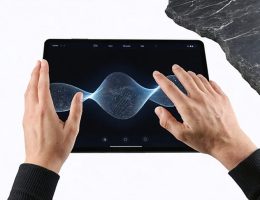Haptic feedback vibration has revolutionized how we interact with digital devices, creating an invisible bridge between human touch and virtual experiences. This sophisticated technology transforms mechanical energy into precise, targeted vibrations that simulate real-world tactile sensations, enabling users to “feel” digital interactions. From smartphones that confirm our touchscreen taps to advanced industrial simulators that replicate the texture of materials, haptic feedback has become an integral part of modern interface design. Beyond simple buzzes and vibrations, today’s haptic systems can generate complex patterns…







